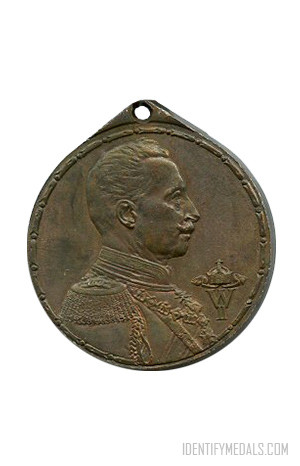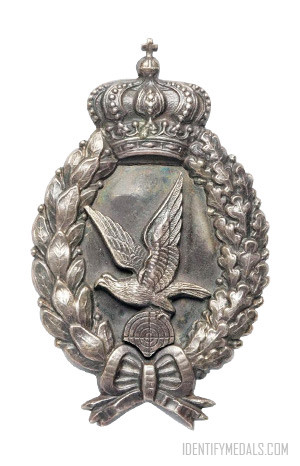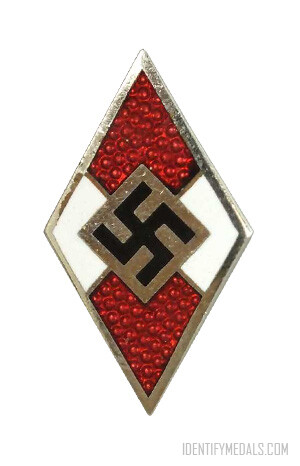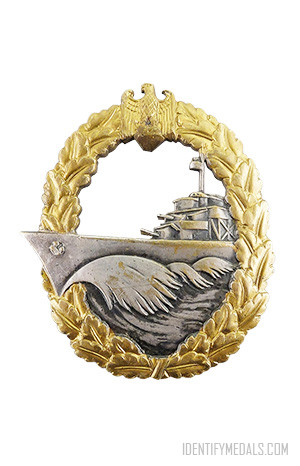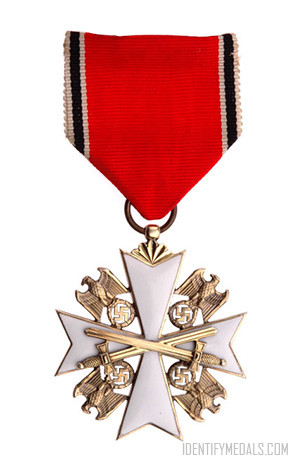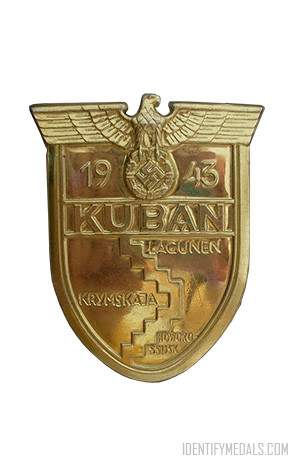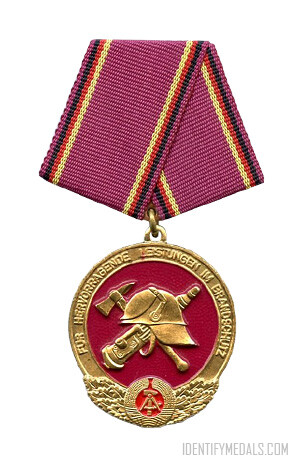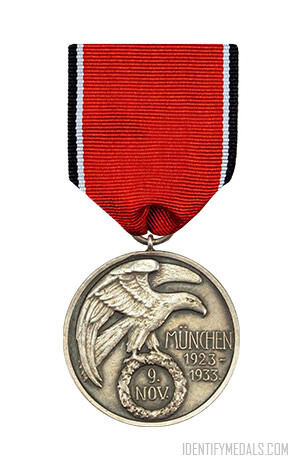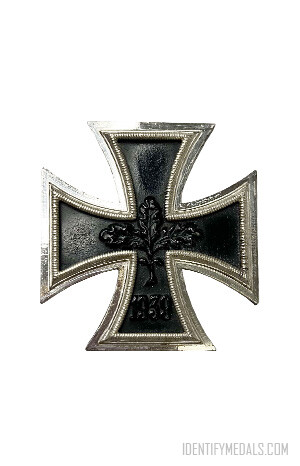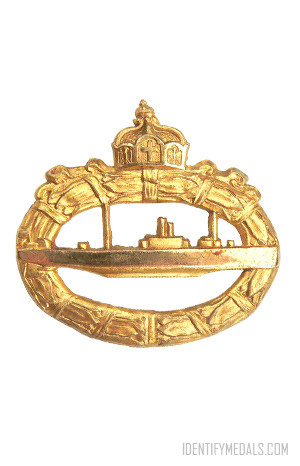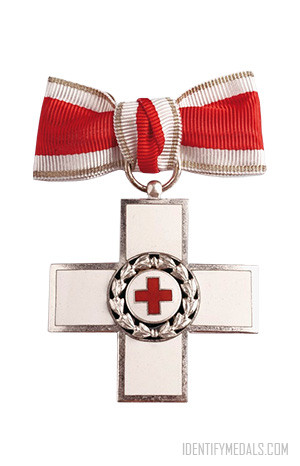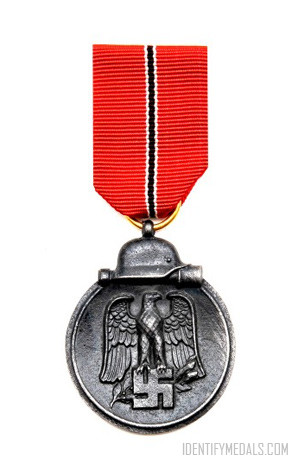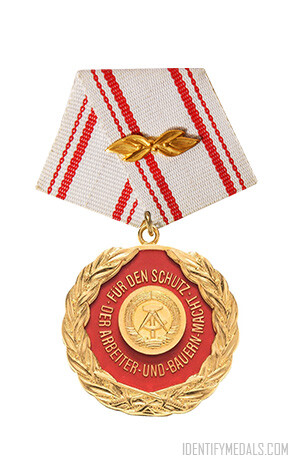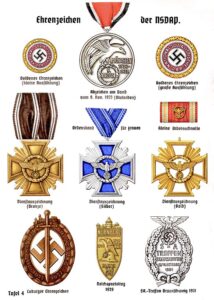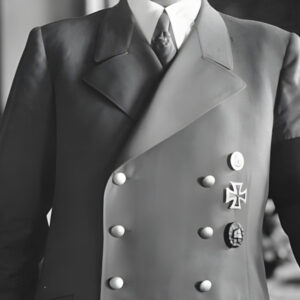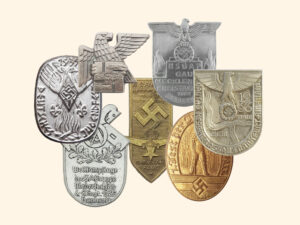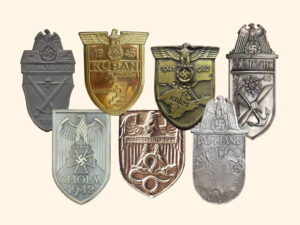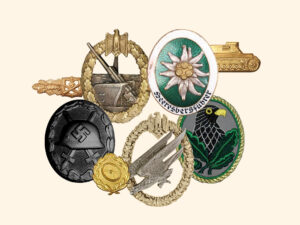- Time Period: Pre-WW1
- Institution: 13 June 1912
- Country: Germany (Kingdom of Prussia)
The Colonial Medal (or Kolonial-Denkmünze in German) is a medal of the German Empire established on 13 June 1912 by Kaiser Wilhelm II and awarded retroactively for participation in military operations in the German colonies.
There were some exceptions: Those who had participated in the Boxer Rebellion 1900-01, and German South-West Africa in the years 1904-08. These operations were eligible for their own unique commemorative medal.
The medal was awarded with claps which were manufactured of gold plated brass. Claps were mounted on the ribbon of the medal.
The Colonial Medal Design
The Colonial medal is made of bronze. The obverse depicts the right-facing bust of Wilhelm II in uniform, with the initials W II. The reverse shows oak leaves on the right and a laurel branch on the left. In the center is the imperial crown which sits above the inscription “DEN TAPFEREN STREITERN FÜR DEUTSCHLANDS EHRE” (“The brave warriors for Germany’s honor”).
The ribbon is white with four thin red lines in the center and black stripes on the edges.

